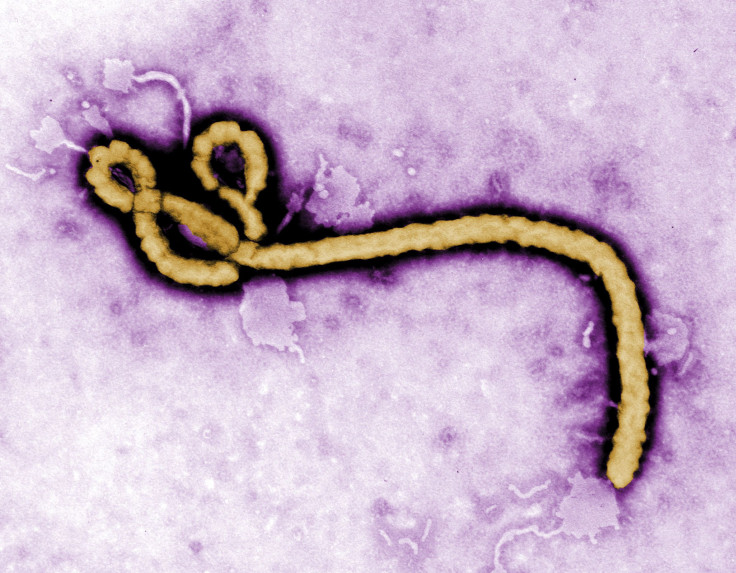Bioterrorism Agents, Deadly Viruses, Bacteria On The Loose? CDC Kept Mishaps With Dangerous Germs Secret, USA Today Finds

The Centers for Disease Control and Prevention, among other things, also carries out research work on deadly bacteria, viruses and pathogens which have been or can be responsible for epidemics and pandemics, or can also be used for bioterrorism. But it turns out that the CDC has not been exactly safe in its handling of some of these pathogens, and worse still, it has been hiding its mishandling.
Based on heavily redacted documents released by the CDC in response to a Jan. 6, 2015, request by USA Today under the Freedom of Information Act, the publication reported Wednesday on what it called a biolab operator which has among “the worst regulatory histories in the country,” which includes everything from boxes containing potentially deadly pathogens gone missing to “possible biological exposure.”
A scientist, supposed to be part of the CDC’s Viral Special Pathogens Branch — which deals with deadly viruses like Ebola — told colleagues his air hose connector came off, again, while he was working in a lab in May 2013. While any information about what he was working on was redacted, that it was something potentially fatal could be surmised from what he wrote to colleagues: “I live to work another day!”
Emails exchanged between members of the agency’s influenza division in February 2015 showed a box went missing. Based on the contents of the email, USA Today guessed the box contained either a deadly strain of avian influenza or specimens of a flu virus that had killed millions of people almost 100 years ago.
A “possible biological exposure” at CDC’s laboratory in Fort Collins, Colorado, involved two sources of injury, one a spider or tick or a similar critter, and the other an unspecified biological agent.
A CDC worker received a shipment at his desk in April 2014 that contained no specific labeling. The box, which should have actually been sent to a laboratory straight, had come from the North Carolina State Laboratory of Public Health, and contained biological samples, including specimens of typhoid-causing bacteria. It was a re-used box without proper packaging material and had a “gaping hole” in one corner when it arrived at its destination. At least one of the tubes inside was broken.

“None of the incidents described in these documents resulted in reported illness among CDC staff or the public,” the agency said in an emailed statement.
Given the heavily redacted information and the refusal of the CDC to answer questions put to it by USA Today, as well as the poor track record the agency has, it is possible that safety matters at the agency’s labs were a lot worse than is now known. The CDC liberally used the Bioterrorism Act of 2002 to black out a large chunk of information from the documents it released.
The safety-lapse incidents cited by USA Today are from 2013 and 2014, and were picked out from 503 redacted pages of records released by the CDC. Another 36 pages were completely withheld, citing the bioterrorism law.
© Copyright IBTimes 2024. All rights reserved.




















